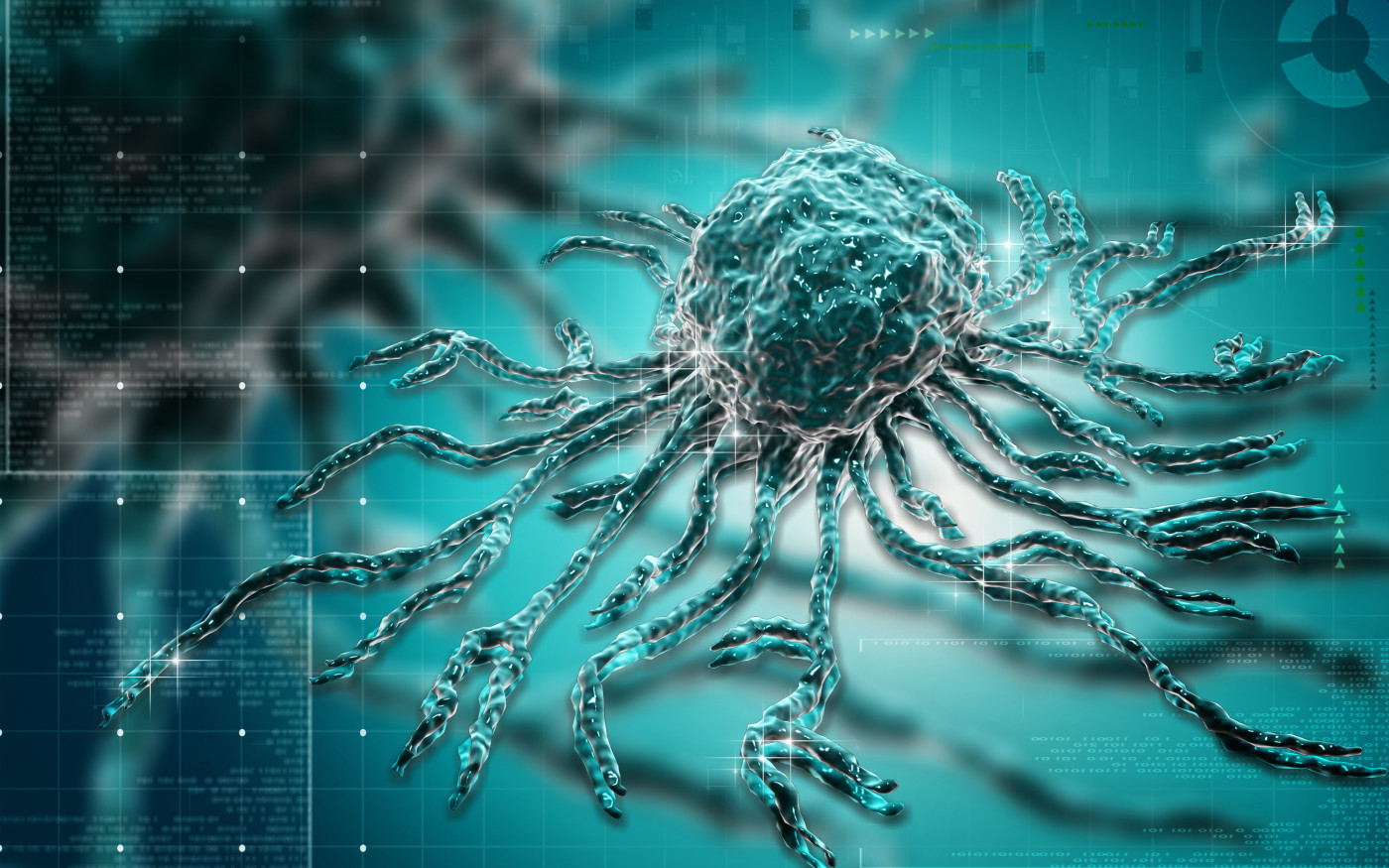Umbilical Stem Cell Therapy Alleviates PAH Symptoms in Rats

Mesenchymal stem cells (MSCs) derived from umbilical cord blood (UBC) showed more therapeutic benefits than those derived from adipose (fatty) tissue or bone marrow in a rat model of pulmonary arterial hypertension (PAH), a study reports.
Specifically, into-the-vein (intravenous, IV) injections of UCB-MSCs reduced right ventricle dysfunction, vascular (blood vessel) alterations, and inflammation, and modulated PAH-regulating pathways.
The study, “Comparative analysis on the anti-inflammatory/immune effect of mesenchymal stem cell therapy for the treatment of pulmonary arterial hypertension,” was published in the journal Nature Scientific Reports.
PAH is a type of pulmonary hypertension characterized by the narrowing of the pulmonary arteries that carry blood from the right ventricle of the heart to the lungs. The narrow blood vessels restrict blood flow, causing high blood pressure, or hypertension.
Stem cell therapies have shown promising results in the treatment of several cardiovascular diseases, including animal models of pulmonary hypertension. MSCs are a popular therapeutic approach as they are well-characterized, relatively easy to maintain, and have demonstrated clinical application.
Researchers now investigated the therapeutic effects of MSCs derived from three sources: adipose tissue, bone marrow, and UCB in the drug-induced rat model of pulmonary hypertension.
Rats received an injection of monocrotaline to induce PAH. Two weeks post-injection, PAH rats had diminished right ventricle function compared to the the control group (saline-treated rats).
The animals were administered IV injections of MSCs and assessed on days one, three, five, seven, and 14.
Treatment with bone marrow and UCB-MSCs alleviated the right ventricle pressure overload by 28.96% and 35.08%, respectively. Treatment with MSCs from adipose tissue led to a relatively weaker reduction (13.73%).
Signs of impaired right ventricle contractions also were reversed by treatment with adipose, blood marrow, and UCB-MSCs, with the latter two having the most pronounced restorative effect.
PAH rat lungs had thicker walls and signs of fibrosis (tissue damage and scarring) compared to controls. All three MSC treatments significantly reduced wall thickness and fibrosis, with UCB-MSCs again inducing the most significant effect.
The three types of MSCs reduced the excessive proliferation of vascular cells (a sign of vascular injury) in PAH rats, with UCB-MSCs showing a significantly greater effect than bone marrow or adipose MSCs.
At two weeks post-treatment, PAH rat lungs in the control group showed signs of inflammatory cell infiltration and elevated levels of immune signaling proteins called cytokines. The immune cell and cytokine levels both were reduced by all three MSC treatments, and most significantly by UCB-MSCs.
Taken together, these results suggest that UCB-MSC treatment significantly lessens lung tissue damage, inflammation, and right ventricle dysfunction in PAH rats.
Analysis of the genes with altered expression in MSC-treated and non-treated PAH rats revealed that UCB-MSC-treated PAH rats had the largest number of differently expressed genes, suggesting it had the strongest effect on gene expression. The altered genes were associated strongly with inflammation, vascular alterations, vascular cell proliferation, cell death, and cell structure, all processes known to be related to PAH.
Researchers then selected 27 inflammation-related genes and 15 immune-response related genes with an expression more strongly altered by UCB-MSC treatment than by adipose or bone marrow MSCs. A network model was developed that revealed UCB-MSC treatment primarily suppress pro-inflammatory pathways and immune cells that were activated by monocrotaline.
The network model also demonstrated that UCB-MSC treatment modulated signaling pathways involved in PAH progression.
The team concluded that “although all 3 MSC types had therapeutic benefits, the UCB-MSC treatment showed the most promising features in terms of the (1) RV [right ventricular] function, (2) histological [tissue] features, (3) cell engraftment, (4) classical PAH pathways, and (5) immune/inflammatory responses.”
Further mechanistic studies are needed to elucidate the functional link between improved PAH and the therapeutic effects of UCB-MSCs, the team noted.







